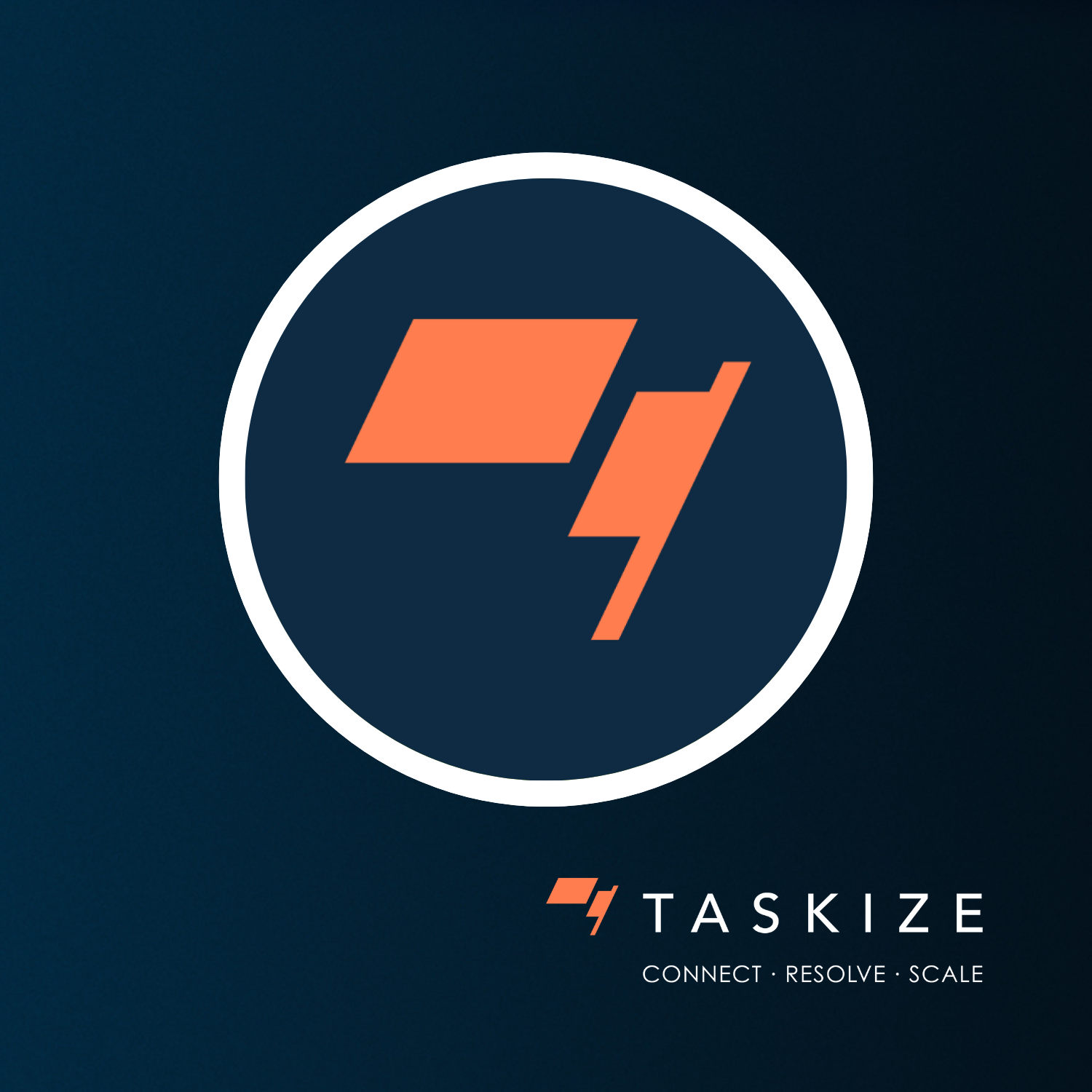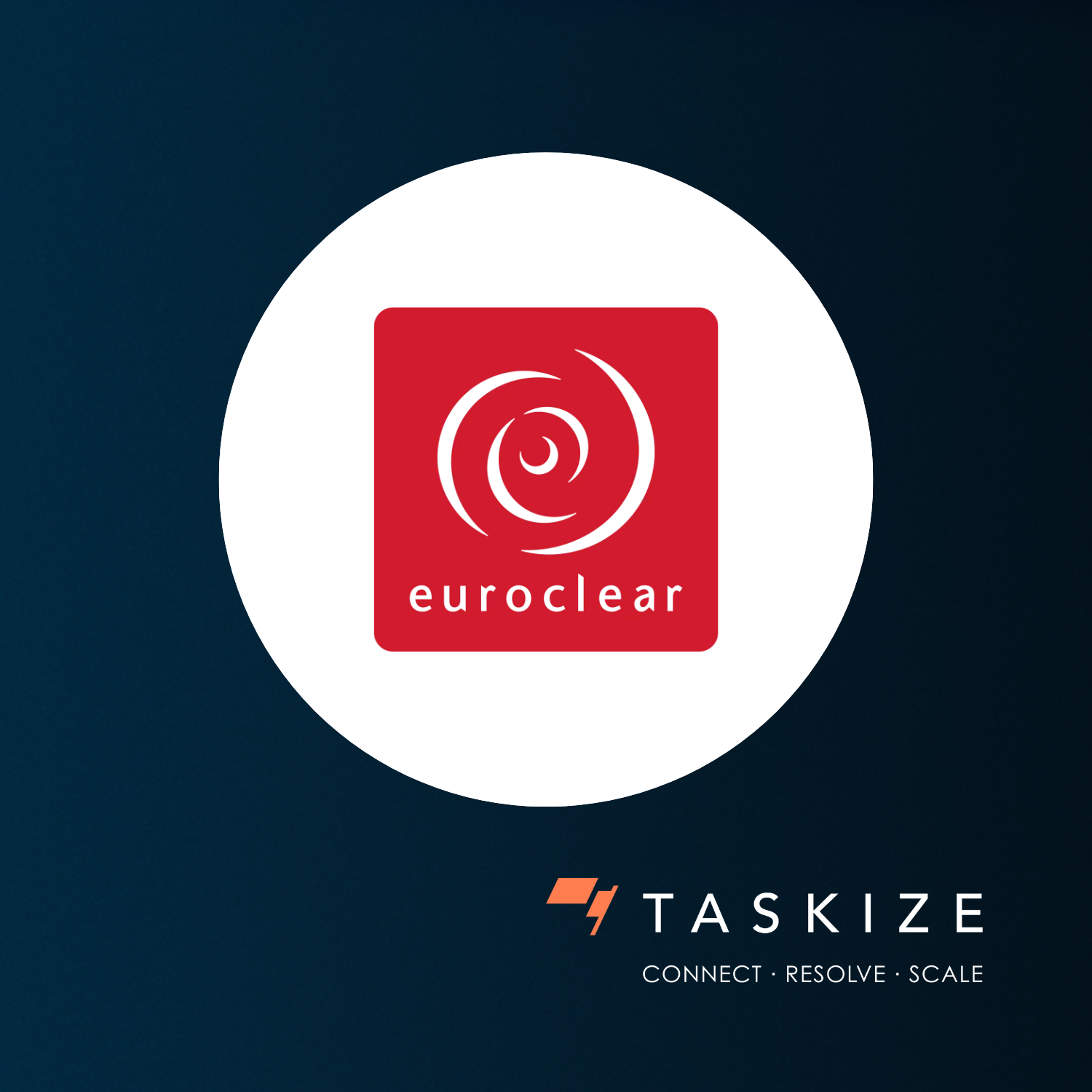T+1: The clock starts ticking in Europe
The global rollout of T+1 is now an inescapable reality.
The 11 October 2027 deadline for T+1’s implementation in Europe may look like a distant dot on the horizon, but it will come about faster than people think. Helen Adair, Chief Product Officer at Taskize, spoke at The Network Forum’s (TNF) Annual Meeting in Madrid about what financial institutions need to do to get ready for the deadline.
.jpg?width=4032&height=2101&name=Image%20(31).jpg)
Left to right: Virginie O’Shea, Founder, Firebrand Research; Daniel Carpenter, CEO, Meritsoft, a Cognizant business; Francisco Bejar Nuñez, Head CSD Services, SIX; Helen Adair, Chief Product Officer, Taskize; Roberta Dibenedetto, Senior Manager Securities Markets, SWIFT
Europe needs a new look T+1 transition plan
What worked for firms during the T+1 transition in North America may not be replicable in Europe.
“Many financial institutions are fast realising that whilst they learned a lot of invaluable lessons from the transition to T+1 in North America, not all of them will be applicable or relevant in Europe,” noted Roberta Dibenedetto, Senior Manager, Securities Markets, Swift.
When building the processes to comply with T+1 in Europe, firms will need to take into account the fragmented nature of the region’s capital markets, versus North America’s.
“The US benefits from having a single, dominant Central Securities Depository (CSD) – the Depository Trust & Clearing Corporation (DTCC), harmonised legal frameworks and streamlined operational layers. Europe, by contrast, is often described as a patchwork of 27 different jurisdictions, each with its own legal, tax and operational complexities,” said Adair.
EU members will often have their own national CSDs, and in some cases, there may be multiple CCPs within the same market – each supporting different asset classes, although 60% of settlement volumes are concentrated within Euroclear.
Despite the existence of a pan-EU settlement platform, Target2Securities, not all of the regional FMIs are connected to it, and even those that are, some of them are yet to properly harmonise their systems with the platform’s requirements.
“Market fragmentation will create an extra layer of complexity for firms during the T+1 migration. Ultimately, the primary hurdle in Europe is not technological but structural,” commented Adair.
Complacency cannot be an option
One of the key takeaways to emerge from TNF is that financial institutions should give themselves plenty of time to prepare for T+1.
However, recent surveys suggest the levels of T+1 readiness across the industry are mixed at best. Fifty-seven percent of firms told an online TNF poll that they are already budgeting for T+1, while 37% said they are yet to begin but would do so imminently, whilst 3% admitted they had no plans to start anytime soon. Another study – “Tackling Post-Trade Friction: Supporting a Global Shortened Settlement Cycle’ – from Firebrand Research in collaboration with Clearstream, the DTCC, and Euroclear – found 28% of firms have not kicked off an official project for T+1 while the rest are scoping out the work required (19%) or investigating the details of the move (53%).
“Cramming everything in last minute for T+1 in the immediate lead-up to October 2027 is not a sensible or sustainable strategy to adopt. It is critical firms prepare over the long-term for the changes,” highlighted Daniel Carpenter, CEO at Meritsoft, a Cognizant business.
Experts at TNF also urged the industry not to become complacent about T+1.
“An unintended consequence of the relatively successful transition in North America might be that some firms start – wrongly – assuming that not much work is required to get T+1 compliant,” stressed Virginie O’Shea, Founder of Firebrand Research.
By not preparing for T+1, firms are putting themselves at risk of suffering from higher trade fails, which could result in steep penalties under the EU’s Central Securities Depositories Regulation’s (CSDR) Settlement Discipline Regime (SDR).
Putting the building blocks in place for T+1
Over the next two years, banks and brokers will need to make major adjustments to their operating models.
To begin with, firms must extrapolate why some of their existing trades fail.
Often, the causes of trade fails are entirely preventable, i.e. data errors such as inaccurate standing settlement instructions (SSIs), or simply because of an ongoing reliance on manual intervention. Organisations should also review the operations and technology processes at counterparties and clients, as inefficiencies here could be adversely affecting their trade settlement completion rates.
These pain-points will ultimately need to be fixed through greater automation.
“One of the recommendations from the ‘Accelerated Settlement Technical Group Report’ was that there needs to be further automation of SSIs and pre-trade matching, as this will reduce operational friction and costs when T+1 goes live,” said Adair.
This was echoed by Carpenter. “The first step is to implement a platform that centralises all the relevant settlement data across in-house systems, custodians, CSDs and trading counterparties. With this centralisation, firms can identify and improve matching, confirmation and instructing of trades to enable Straight-through-Processing (STP), and the elimination of manual processes and costs,” he explained.
Another challenge to emerge from the North America transition was the increase in FX and cash management costs, as the compressed time-window between trade execution and settlement made FX execution harder and constrained firms’ ability to source liquidity.
“There are ways firms can overcome these issues. Organisations should think about enhancing their liquidity forecasting capabilities to support more accurate FX funding. In the case of asset managers in the US, we are starting to hear reports that they are re-thinking their FX execution strategies and reducing their dependencies on custodian overdrafts, so as to better align their processes with the shortened settlement cycle,” continued Adair.
According to the Firebrand Research report, communication gaps between providers and their clients/ counterparties need to be plugged. Not only will this help firms keep costs in check and minimise operational risk, but it will make it easier for them to remedy settlement fails.
Automation will be a critical enabler for a successful T+1 transition, and it will also help firms future-proof their operations ahead of T+0 or atomic settlement.
Service providers offer plenty of options
There are solutions available that will make it easier for firms to navigate T+1.
Through the adoption of collaboration platforms and workflow functionality tools, such as those offered by Taskize, firms can eliminate the need for email and other manual interventions. This allows them to consolidate multiple workstreams within their organisation, giving them aggregated views, better insights and end-to-end audit trails into their operations, thereby facilitating a more frictionless T+1 implementation.
More recently, Euroclear has partnered with Meritsoft and Taskize to launch the next generation of its EasyFocus service. This enhanced, AI-powered platform, running on a Microsoft cloud, will deliver real-time data, insights and resolution capabilities across all of Euroclear’s CSDs.
EasyFocus+ uses predictive analytics to accelerate the resolution of matching and settlement issues – flagging likely mismatches, identifying root causes, and resolving exceptions quickly. The new version integrates Meritsoft’s Instruction Tracking and Exception Management (ITEM) solution and Taskize’s communication and collaboration platform, providing a single, consolidated view of all settlement instructions across the Euroclear CSDs which represent over 60% of EU settlement activity. EasyFocus+ allows clients to reduce fails, streamline operations, and benchmark their performance internally and across the industry to identify and address recurring issues.
Leveraging the expertise of best-in-class providers will be essential if the T+1 migration in Europe is to be straightforward.
You May Also Like
These Related Stories

Looking back at 2025 – to roadmap the future of post-trade ops

Taskize at Euroclear’s Collateral Conference 2025

No Comments Yet
Let us know what you think